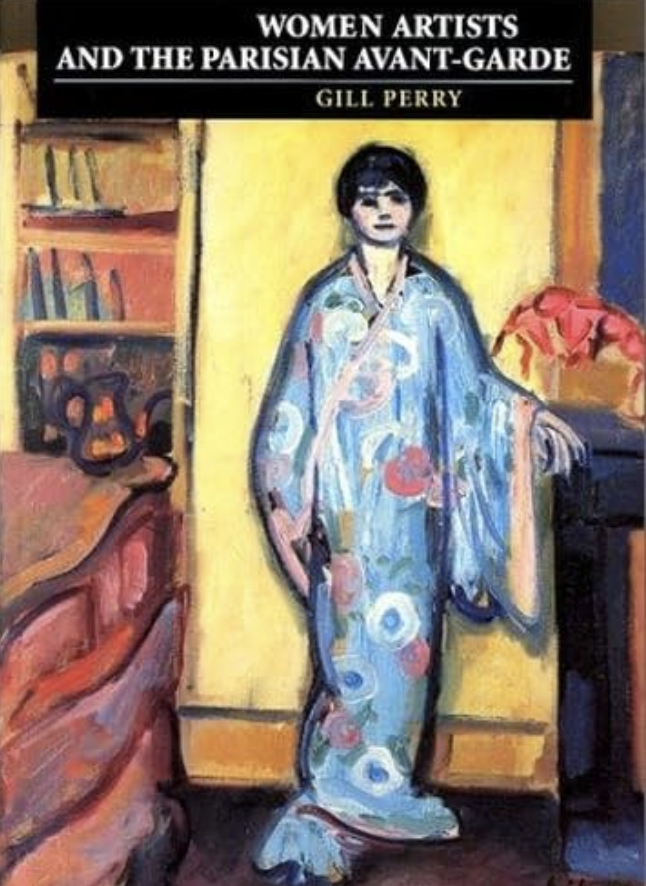
Women Artists and the Parisian Avant-Garde: Modernism and ‘Feminine’ Art 1900 to the late 1920s
Manchester: Manchester University Press, 1995.
This book examines the work and artistic cultures of women artists in France during the period when Picasso, Matisse and Modigliani were widely perceived as the ‘avant-garde’ leaders of modern art movements. Although this period is better known for the canonical fauve and cubist works of artists such as Matisse and Picasso, Gill Perry takes as her focus several women artists who were active on the fringes of modernist groups, and whose works were widely exhibited and reviewed in the early-20th century. This is one of the first research projects to explore and re-position the roles of these artists on the fringes of Modernism and the so-called ‘avant-garde’, examining the critical cultures through which they were marginalised. Apart from the better-known names of Suzanne Valadon and Marie Laurencin, these artists include Emilie Charmy, Maria Blanchard, Alice Halicka, Marevna, Vorobev and Jacqueline Marval. Perry explores the critical culture through which their work was represented and patronised, and contemporary (shifting) perceptions of femininity involved. Drawing on a wealth of primary research and unpublished material, including letters and diary extracts, and works in French public and private collections, Perry argues that a lack of historical material and limited access to relevant works by these artists has encouraged some mis-representations of the many complex relationships which many women negotiated with avant-garde groups and better documented (male) artistic players.